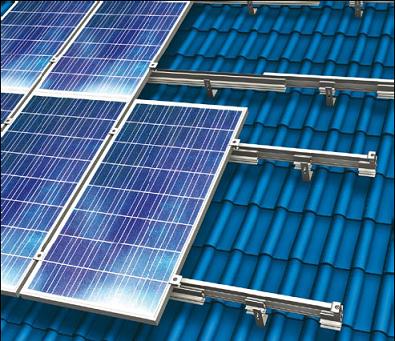Solar fotovoltaic
Photovoltaic solar energy is called a method of production of electricity through photovoltaic panels.
 |
The panels, collectors or photovoltaic modules are composed
of type semiconductor diode devices that, upon receiving solar radiation
and cause a stir electronic jumps, generating a small potential difference
at the ends. The coupling of several of these photodiodes allows obtaining
higher voltages in very simple configurations and suitable for powering
small electronic devices.
On a larger scale, continuous electrical power provided by photovoltaic
panels can be transformed into alternating current and inject into the
power grid, an operation that is economically viable but still needed
a couple of grants for feasibility.
 |
The process, simplified, is as follows: It generates energy at low voltages (380-800 V) and current. Becomes an investor in AC. Through a transformer is raised to medium voltage (15 or 25 kV) and injected into the transport networks of the company.
In isolated environments, which requires little electrical power and
network access is difficult, as weather stations or repeaters for communications,
photovoltaic plates are used as a viable alternative. To understand
the importance of this possibility should be borne in mind that approximately
one quarter of the world's population lacks access to electricity.
Basic Functions: Collect the sun's energy through photovoltaic
panels, which are connected through a regulator to
a battery as its name says, regulating the loading
and unloading them. These batteries are connected to an inverter,
which is responsible for converting the electricity to alternating continuously
collected.
